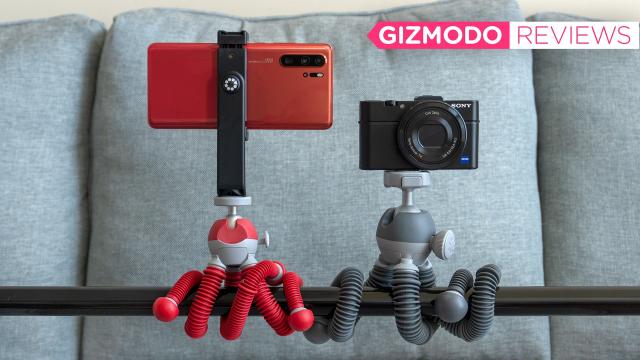Joby’s GorillaPods have been a lighter, cheaper, and more flexible (pun intended) alternative to tripods for 15 years now, allowing cameras and action cams to be safely mounted and perched in seemingly impossible places. The company’s new PodZilla line isn’t meant to be a GorillaPod replacement, which is unfortunate, because the redesigned legs are a huge improvement.
More often than not when I’m photographing a subject in low light or trying to capture a time-lapse that requires a camera to be rock solid, I’ll reach for my GorillaPod and find someplace to securely perch it. However, over the years there have been plenty of situations where I haven’t been able to get a GorillaPod to get a secure hold (usually on surfaces that are too smooth or too thin), and that’s because of how the legs flex and grip. Has it been a dealbreaker for the product? No. Has it been frustrating? Yes, which is why I’m glad to see the company trying something different.

Joby PodZilla
WHAT IS IT?
A redesigned version of Joby's popular GorillaPod tripod with more flexible legs and improved grip.
PRICE
$64.95 for both the medium (which includes an adjustable smartphone mount) and large versions.
LIKE
Better grip on whatever surface the legs are wrapped around.
DISLIKE
Build quality doesn't feel as solid as the GorillaPod, the quick release tripod mount on the large version feels loose when attached.
A Better Grip
Unlike a traditional tripod which uses rigid legs that can only be adjusted in length and splay, the GorillaPod introduced an alternate three-legged stubby design that traded length adjustments for extreme flexibility. While a tripod needs a sturdy place to stand, the GorillaPod can be wrapped around almost any object — think tree branches, lamp posts, or fences — and will retain its grip, holding a camera steady with a much smaller footprint. Anyone who’s ever tripped over a splayed tripod and thrown off their camera’s framing will understand why that’s a good thing.
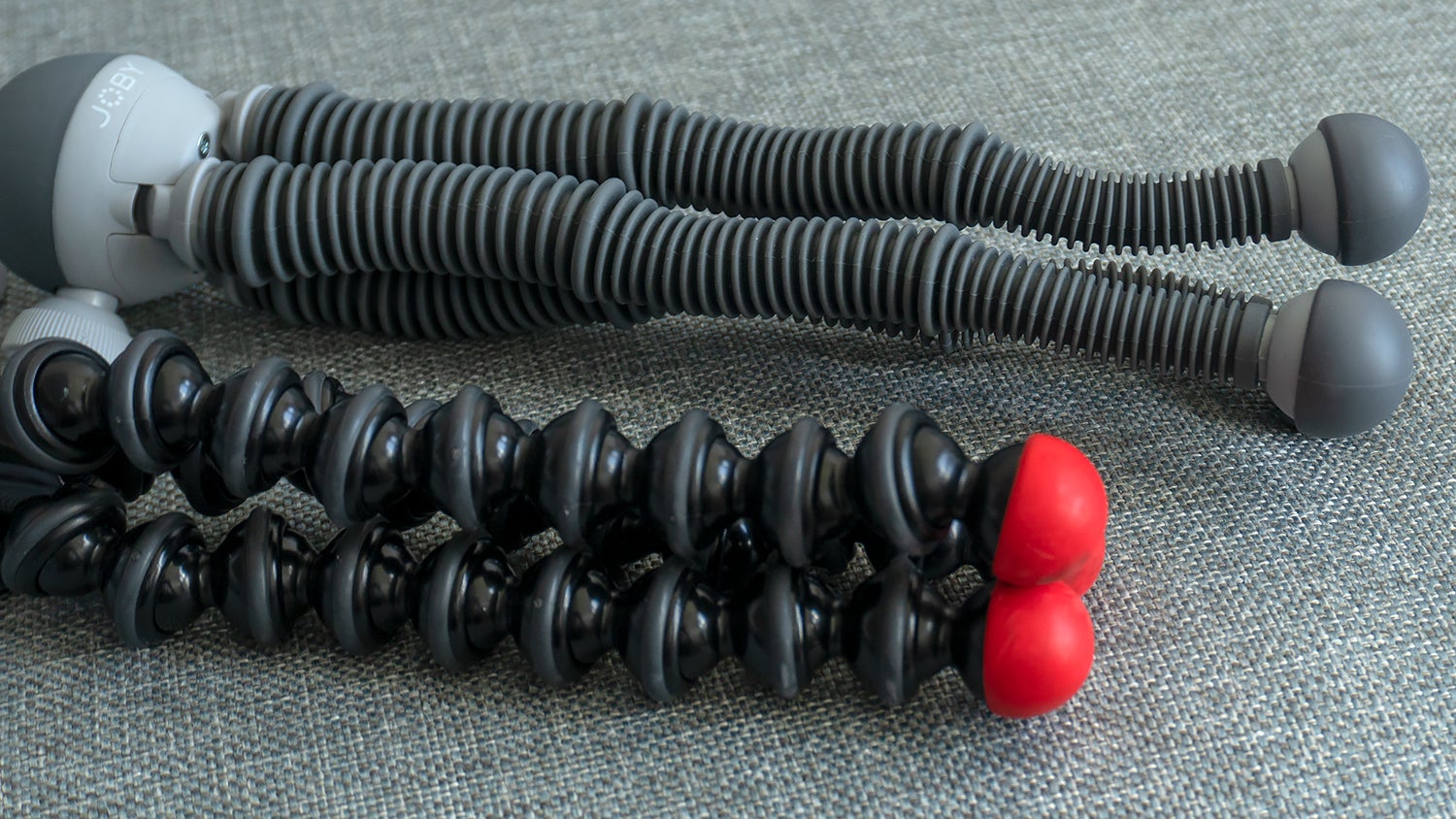
The GorillaPod’s legs are made up of a chain of ball and socket joints with a very rigid design so that no matter how the legs are bent and adjusted they’ll hold that shape. But the ball and socket joints each have a limited degree of movement, which limits how tight a radius they can be wrapped around.

The legs on Joby’s new PodZilla tripods trade the ball and socket joints for flexible aluminium rods that are wrapped along their entire length in a grippy rubber material. If you’ve ever played with a posable Gumby toy, you get the idea. The aluminium rods in the PodZilla require a bit more force to bend and adjust, but they hold their position extremely well — easily as well as the original GorillaPods do, if not better — but with more flexibility, and I’ve found they can be wrapped around objects that are much thinner as a result.
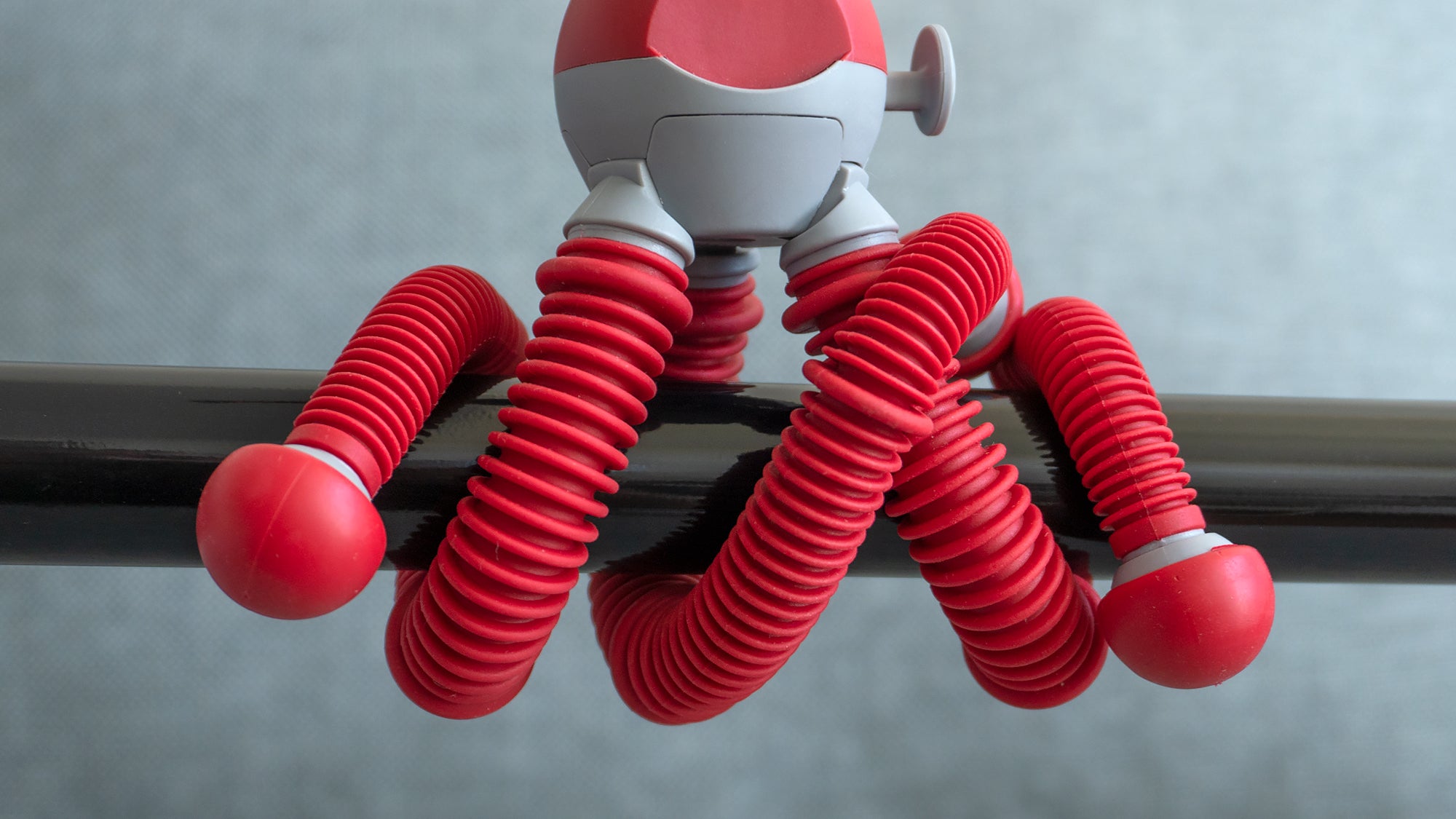
The GorillaPod’s grip is provided by a thin ring of rubber around each ball joint, and I’ve often struggled to get it to securely hold to things like my monopod which has a smooth polish finish. So with a heavy camera perched on top, the GorillaPod has a tendency to succumb to the forces of gravity, lose its grip, and swing down. The all-rubber legs on the PodZilla, which features a pattern of flexible ridges, holds like a rock. Trying to slide the PodZilla off my smooth monopod with its legs wrapped around is straight up impossible. The new design grips everything I’ve tried it on — tree branches, chair legs, hand rails — much better and far more securely.
An Upgrade That Sometimes Feels Like a Downgrade
The new PodZilla is currently available in two sizes, a $64.95, 10-inch medium option that includes an adjustable smartphone mount and is designed to hold devices weighing up to 2.2 pounds, and a $64.95, 12-inch large option that skips the smartphone mount for a quick-release tripod mount that can support devices up to 2.5kg. Of the two, I recommend the medium version.
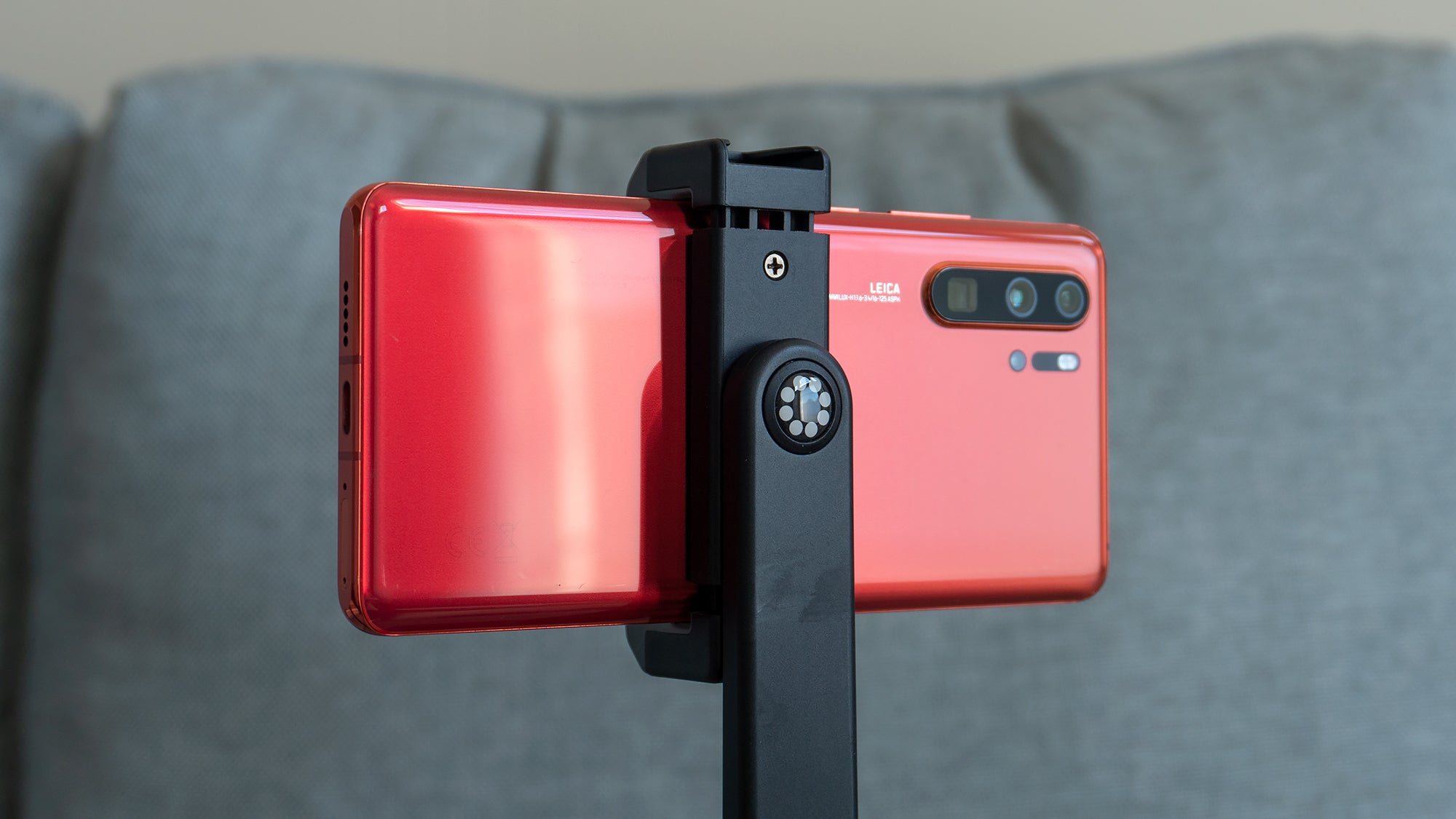
The included smartphone mount attaches to the medium PodZilla’s standard tripod mount screw, and is actually a sturdy way to attach your phone. Its rubber-coated grips can be expanded to accommodate larger smartphones, and it features a swivel joint for adjusting your device’s orientation.

The medium PodZilla’s tripod mount is connected to its flexible legs using a ball and socket joint that can be adjusted with a simple button press. There’s nothing to turn to tighten or loosen; instead, some kind of spring mechanism inside holds the ball joint securely in whatever orientation you choose. I probably wouldn’t trust it with a heavy camera, but for a smartphone it all works quite well.
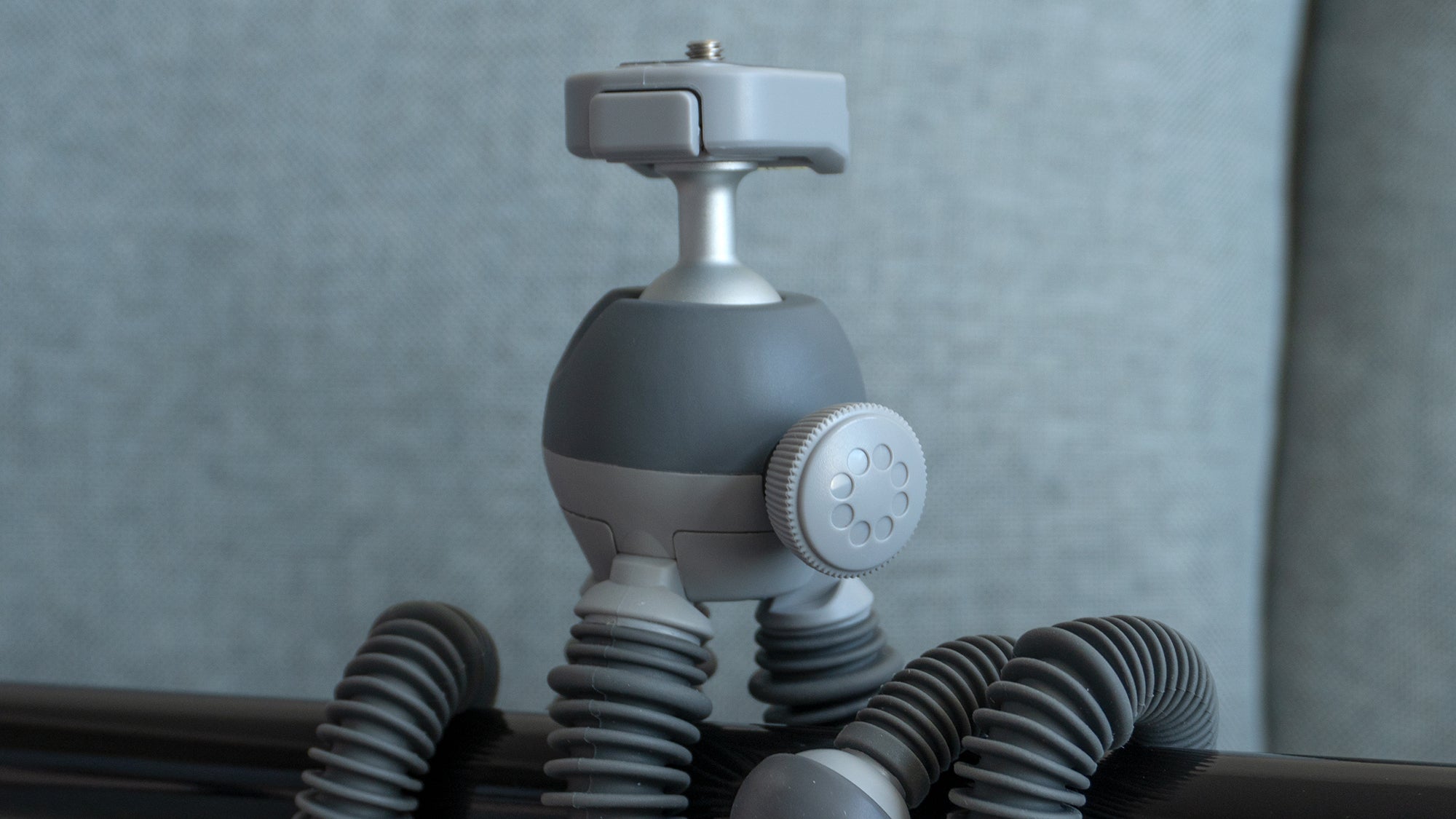
The large version of the PodZilla unfortunately feels like Joby has sacrificed a bit of quality to get the price down. A knob is used to tighten and loosen its ball and socket joint, but even when the tension is relieved and the knob is completely unscrewed, the upper portion can sometimes be hard to adjust.
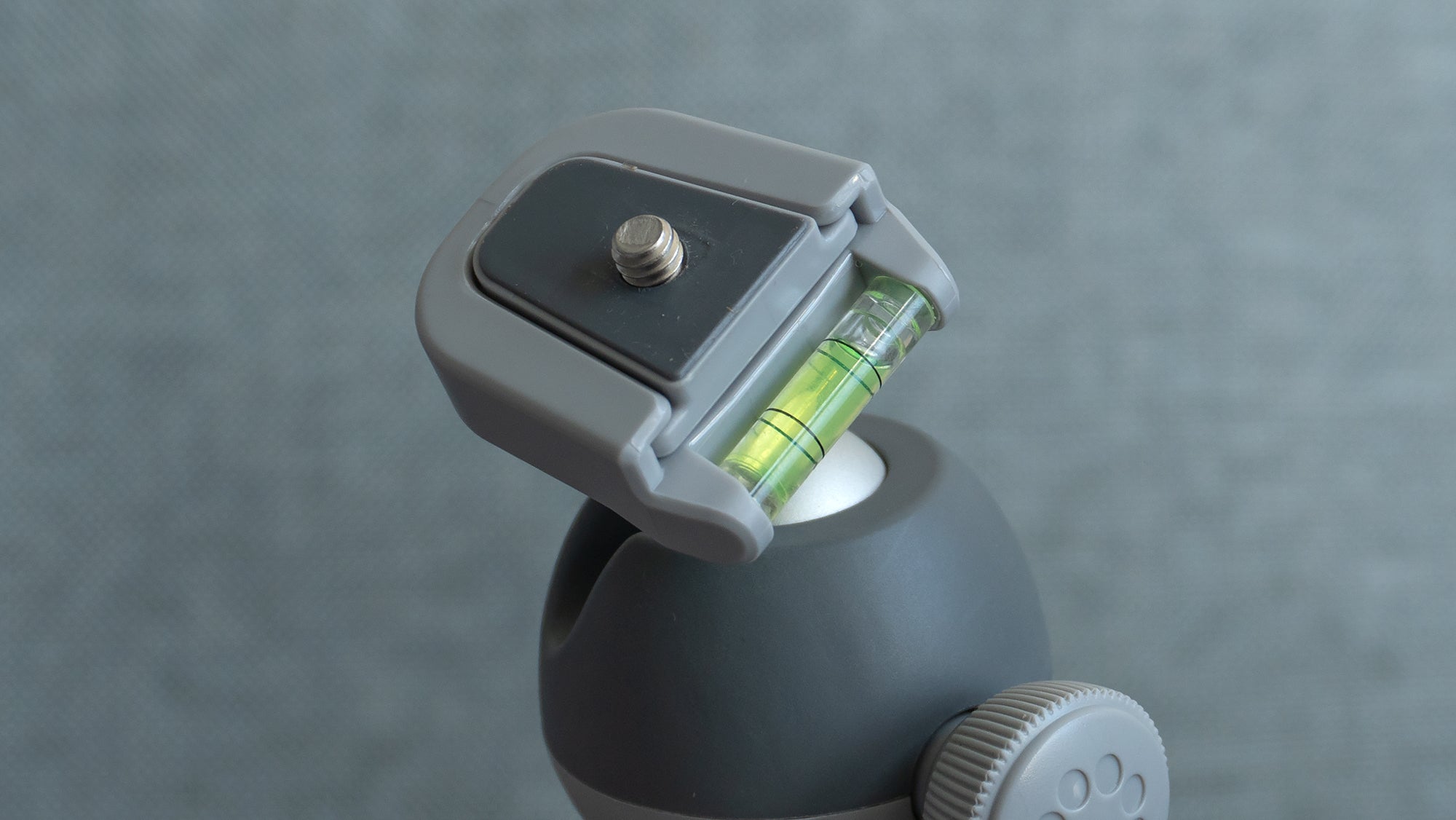
The inclusion of a bubble level is welcome, as the PodZilla can often leave cameras perched at odd angles, but the quick-release plate (which is supposed to be attached to the bottom of a camera making it easy to pop on and off without having to undo the screw) attaches very loosely to the PodZilla I tested. It meant the camera I had sitting on the tripod had a tiny bit of wobble, which completely defeats the purpose of using a tripod. It felt sloppy, and made the large PodZilla feel more like a cheap accessory than a genuine photography tool. It’s an issue I’ve never had with the GorillaPod’s quick-release plate, and I’m hoping it’s not a problem on all the large-sized PodZillas.
Worth the Upgrade?
If you’re already a happy GorillaPod user, and have spent a decent chunk of change on Joby’s pro models featuring parts made from machined aluminium, then by all means keep using them. The current PodZilla lineup seems targeted at regular folks rather than prosumers and professionals. But if you’re a GorillaPod user who’s occasionally been frustrated by the company’s more affordable options, the new PodZilla is worth considering.
However, between the two versions currently available, I’d recommend the medium-sized option. It’s designed more for use with smartphones and tiny action cameras, but is very easy to use, and grips like a champ. The only thing that remains to be seen is how well Joby’s new approach to the tripod’s flexible legs holds up over time. It doesn’t take long for a metal wire flexed back and forth to break, so I’m hoping that the aluminium rods used in the PodZillas can survive years of being bent and unbent in all directions.
